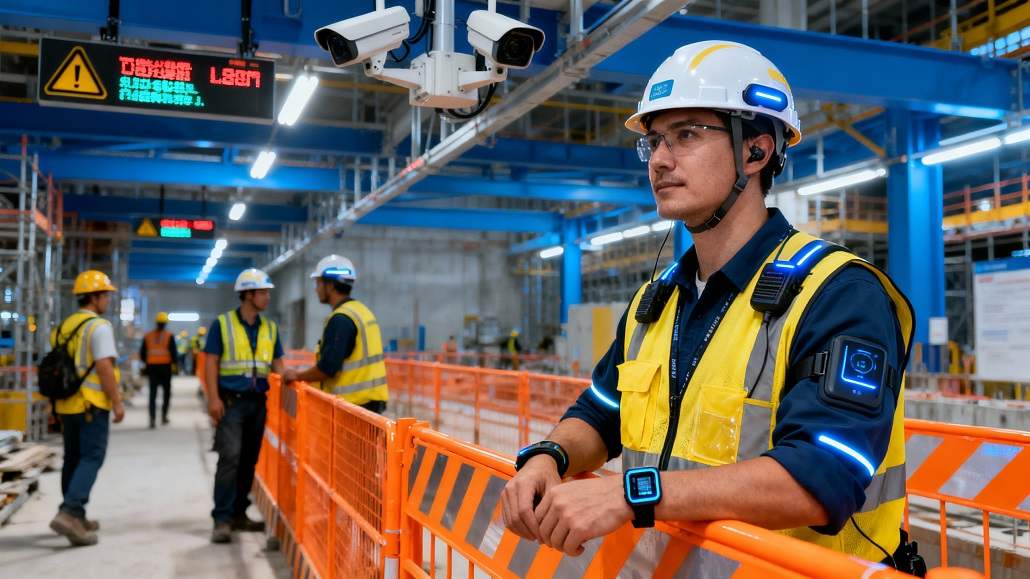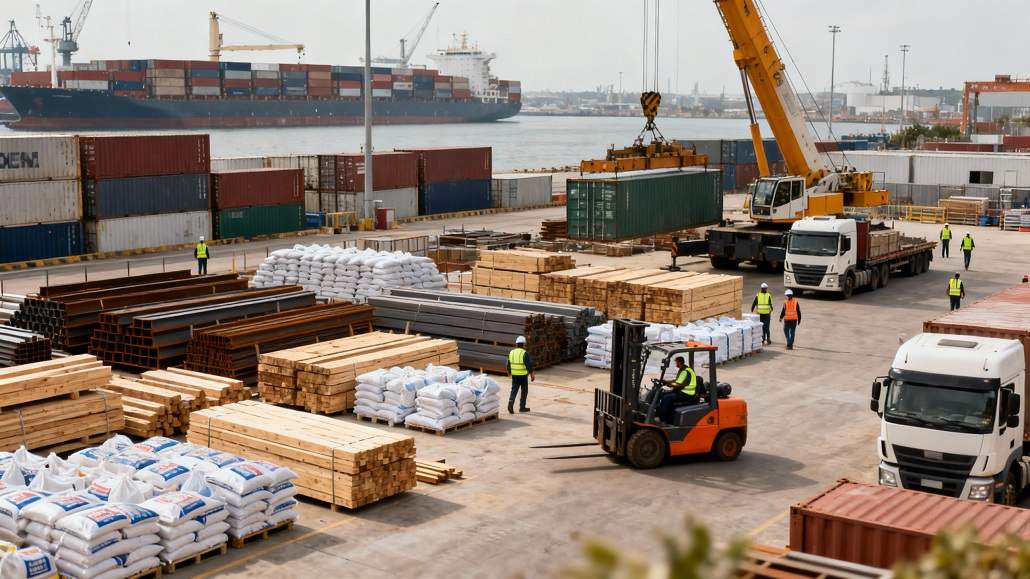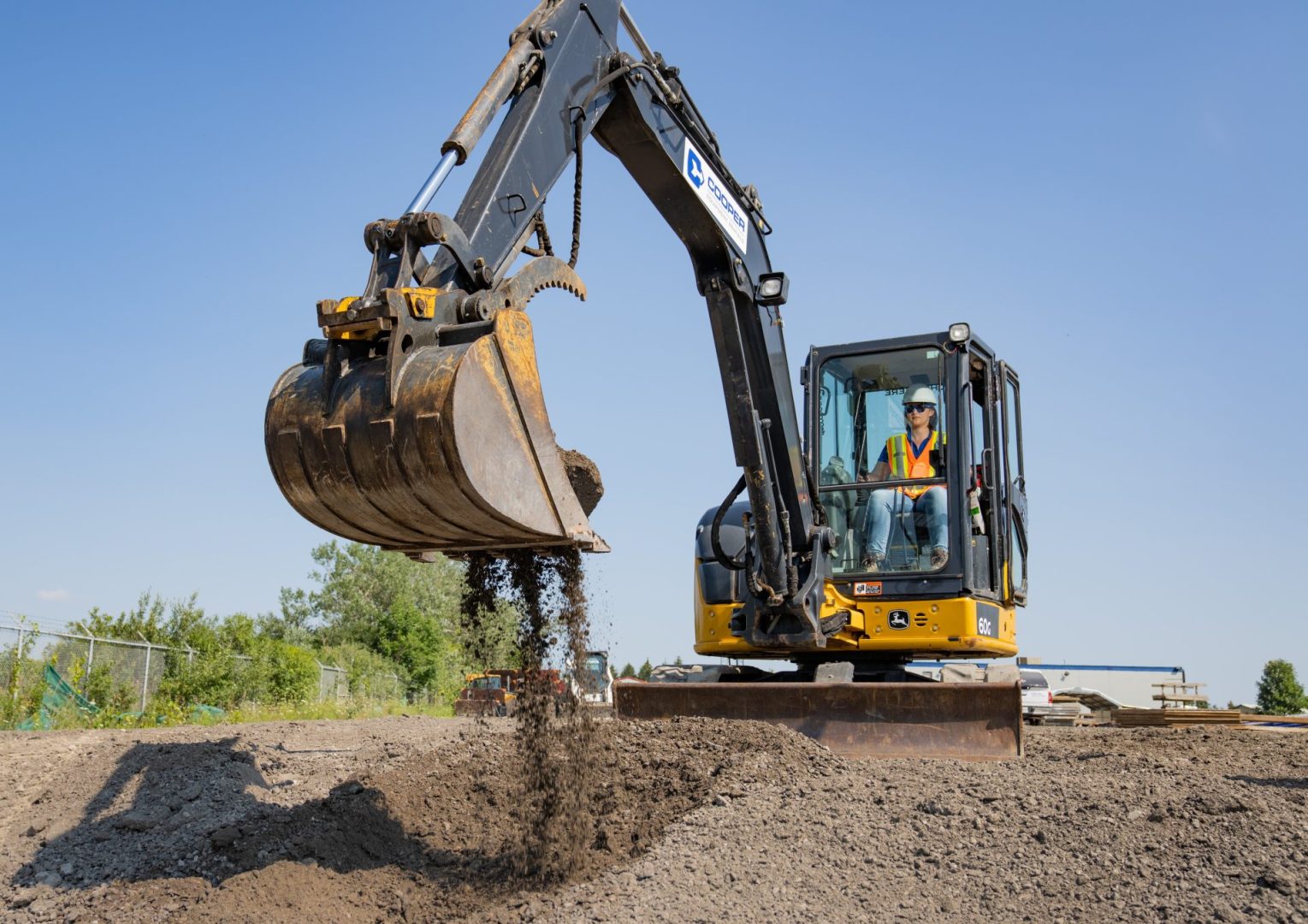Pioneering Precision and Sustainability
1) What recent advancements in metal-cutting technology have had the most transformative impact on efficiency and precision? Precision and efficiency in metal-cutting have reached unprecedented levels with the advent of laser and waterjet technologies—these tools are revolutionizing the industry with their pinpoint accuracy and versatility. The game-changer, however, is the integration of AI-driven tools that … The post Pioneering Precision and Sustainability appeared first on Machine Insider.

1) What recent advancements in metal-cutting technology have had the most transformative impact on efficiency and precision?
Precision and efficiency in metal-cutting have reached unprecedented levels with the advent of laser and waterjet technologies—these tools are revolutionizing the industry with their pinpoint accuracy and versatility. The game-changer, however, is the integration of AI-driven tools that dynamically adjust parameters mid-cut, significantly reducing time and material waste. Another remarkable innovation is hybrid machining systems, which seamlessly combine additive and subtractive processes, creating unparalleled opportunities for precision manufacturing. These advancements are not just about increasing speed—they’re setting new industry benchmarks for quality, resource optimization, and cost-effectiveness.
2) How is the industry adapting to sustainable manufacturing practices, and what specific initiatives are helping to reduce environmental impact?
Sustainability is no longer a buzzword; it’s a necessity driving fundamental changes across the manufacturing sector. From energy-efficient machinery that minimizes power consumption to biodegradable coolants that reduce environmental harm, manufacturers are taking proactive steps toward greener operations. One standout initiative is the recycling of metal chips and coolants, turning waste into valuable resources. Additionally, the adoption of lean manufacturing processes and Industry 4.0 technologies ensures efficient resource utilization, eliminating waste in materials, time, and costs. By prioritizing sustainable practices, the industry is not only meeting environmental goals but also reaping long-term operational benefits.
3) With digitalization reshaping manufacturing, what new skills are essential for today’s workforce, and how is the industry addressing the skills gap?
In the era of digital manufacturing, coding, CAD/CAM, and data analytics have become essential skills for today’s workforce. Without the ability to interact with automated systems or interpret machine data, employees risk being left behind. To bridge the skills gap, companies are investing heavily in workforce development through internships, certifications, and immersive “factory boot camps.” These programs are designed to upskill current employees and attract new talent who are naturally inclined toward technologies like IoT and AI. The industry’s focus on continuous learning ensures that the workforce is prepared to thrive in a rapidly digitalizing environment.
4) What trends are driving the current demand for metal-cutting solutions, and how do you foresee the industry adapting to these trends?
The demand for metal-cutting solutions is being shaped by the growing preference for lightweight materials and customized designs, particularly in industries like aerospace and automotive. The rise of advanced materials such as superalloys and composites presents unique challenges, prompting the development of cutting tools capable of handling extreme conditions. To address these trends, the industry is increasingly adopting automated and flexible manufacturing setups that can quickly adapt to diverse tasks. This agility allows manufacturers to meet evolving customer demands while staying ahead in a competitive market.
5) What do you view as the most significant challenges facing the metal-cutting industry today, and what steps is your organization taking to stay competitive?
The metal-cutting industry faces significant challenges, including supply chain disruptions, escalating material costs, and a widening skills gap. To stay competitive, organizations are turning to automation and data-driven strategies, which enhance productivity and reduce operational costs. Automation not only ensures consistency and precision but also mitigates labor shortages. Strong partnerships with vendors help alleviate supply chain risks, while modular designs enable quick adaptability to changing customer requirements. By embracing these strategies, the industry is well-positioned to overcome challenges and maintain its competitive edge.

E copy of the magazine – https://www.machineinsider.com/dynamic-manufacturing-india-jan-feb-2025-edition/
The post Pioneering Precision and Sustainability appeared first on Machine Insider.

 machineryasia
machineryasia 







